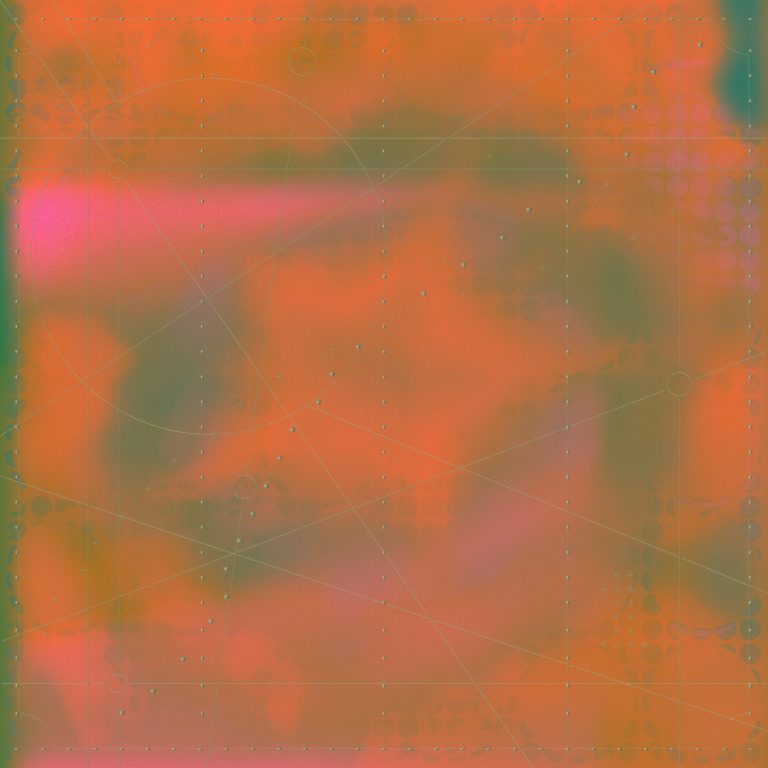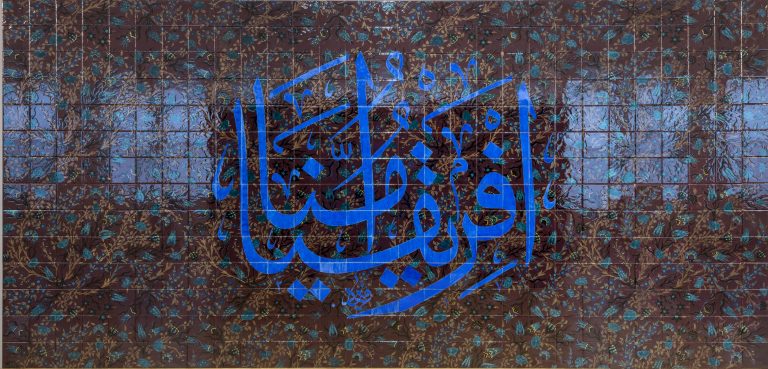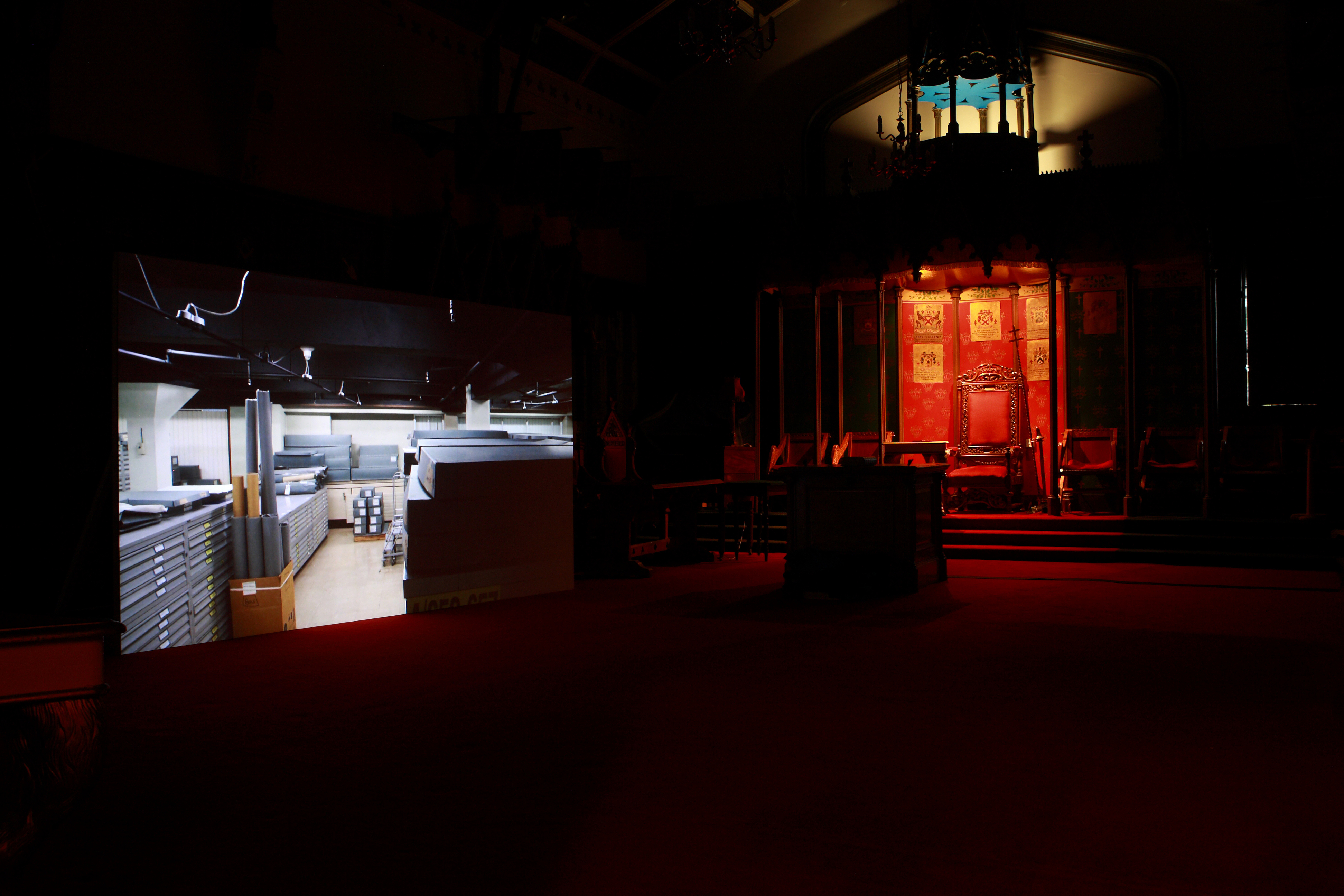In the middle of the Hertford Union Canal in Hackney, East London, floating incongruously on top of a wooden pontoon, Rindon Johnson has erected a miniature skyscraper. Coeval Proposition #1: Tear down so as to make flat with the Ground or The *Trans American Building DISMANTLE EVERYTHING (2021) is an ebonised wood and steel replica of the Transamerica Pyramid Building in San Francisco, the city where Johnson, who now lives and works in Berlin, grew up. The sculpture began with a slip of the tongue. ‘I was thinking about fixing and unfixing, about who gets to have a body and about the Transamerica Pyramid. Through this process it dawned on me that oh, it’s the trans America building. And this flatfooted pun and play with language stuck with me.’ [1] The building also evokes a different kind of slipperiness: that of financial capital and individual liquidity. It was completed in 1972 to house the headquarters of the Transamerica Corporation, a holding firm for a number of life insurance and mutual investment companies. The CEO wanted the building to symbolise financial freedom; finance as the path to freedom. A promise as wobbly as Johnson’s sculpture, tilting and swaying on the surface of the dirty brown water.

Rindon Johnson
Coeval Proposition #1: Tear down so as to make flat with the Ground or The *Trans America Building DISMANTLE EVERYTHING, 2021
Installation view, Hertford Union Canal
Commissioned and produced by Chisenhale Gallery, London, and SculptureCenter, New York, 2021.
Courtesy of the artist; photo: Andy Keate
Law of Large Numbers: Our Selves, Johnson’s first institutional solo show, is made up of two exhibitions: a first at Sculpture Center, New York, and a second at Chisenhale Gallery, London. Coeval Proposition #1 was first shown in New York in early 2021, and the work’s American origin shows – or perhaps doesn’t – in its London incarnation. The sculpture floats on a canal behind the gallery, housed in a former factory that manufactured munitions during the Second World War. As if more proof was needed that art galleries are the shock troops of gentrification, council estates overlook the tiny skyscraper to the east, while to the west, the old factories are converted into luxury apartments and the kind of gyms with automated entrances, sanitising you from any human contact. London is no less flooded with the unstable liquidity of capitalism than San Francisco, and Johnson’s sculpture echoes – unintentionally, to its detriment – London’s own monument to the illusory transparency of finance, the Shard. This is a site whose meaning is so overdetermined by the interaction between the built environment, the state, and capital – an overdetermination so ripe for artistic exploration – that it overwhelms the history Johnson attempts to evoke, even in diminutive, playful form. This might be the most appropriate outcome for a piece that began with a floating signifier, a pun – a joke.

Rindon Johnson
Coeval Proposition #2: Last Year’s Atlantic, or You look really good, you look like you pretended like nothing ever happened, or a Weakening, 2021
Installation view, Chisenhale Gallery
Commissioned and produced by Chisenhale Gallery, London, and SculptureCenter, New York, 2021.
Courtesy of the artist; photo: Andy Keate
Inside the gallery space, the show’s second work is housed: Coeval Proposition #2: Last Year’s Atlantic, or You look really good, you look like you pretend like nothing ever happened, or a Weakening (2021). The floor of the darkened gallery is illuminated by a projection of what looks, at first glance, like pixelated grey blobs. This image alternates periodically with another: a view of a horizon where a boundless purple sea, dappled with sunlight, meets a teal horizon streaked with ashy yellow clouds. The image is about the size of a swimming pool, fifteen paces by eight; what it shows is so hypnotically realistic that you almost want to plunge into it.
The projection alternates between two feeds. The first is a visualisation of weather data recording a part of the Atlantic Ocean known as the ‘cold blob’: an area of water growing colder as climate heating diverts the Gulf Stream from its traditional path. The data was recorded in 2020; the visualisation shows the state of the blob exactly one year ago. The second image is a horizontal view of the ocean at the same unfolding period of time; the alternation giving us two perspectives on a past. The blob is located roughly halfway between the exhibition’s two sites in London and New York. Lying on the path of the Gulf Steam, it is also situated on one of the axes of the triangular trade that circulated enslaved people, sugar, and manufactured goods between Africa, the Americas, and Britain. Who would want to jump into the image of a sea already full of bodies?

Rindon Johnson
Coeval Proposition #2: Last Year’s Atlantic, or You look really good, you look like you pretended like nothing ever happened, or a Weakening, 2021
Installation view, Chisenhale Gallery
Commissioned and produced by Chisenhale Gallery, London, and SculptureCenter, New York, 2021.
Courtesy of the artist; photo: Andy Keate
In an interview accompanying this show, Johnson recounts that while he was working on this exhibition, he was asked by the New York Times to ‘write a proposal for a new monument in response to a number of monuments and memorials associated with racial injustice being removed or commitments being made to remove them. It was a really rough question, because what is a monument?’ [2] That question is one origin of sculpture itself: What can we leave to outlast us, to remember us to others? That is a question to which this exhibition can be seen as some kind of answer, or answers.

Rindon Johnson
Coeval Proposition #2: Last Year’s Atlantic, or You look really good, you look like you pretended like nothing ever happened, or a Weakening, 2021
Installation view, Chisenhale Gallery
Commissioned and produced by Chisenhale Gallery, London, and SculptureCenter, New York, 2021.
Courtesy of the artist; photo: Andy Keate
Ironically, the very weakness of Coeval #1, at least in London, shows how playing with abstraction and form, and with ideas of site specificity, can easily be swamped by an environment so rapidly changing yet at the same time, paradoxically, so steeped in history. The strength of Coeval #2 lies in the simplicity of its mastery of the exhibition space, its play with the visual tradition of the oceanic sublime, and its exposure of what that tradition can hide. It is impossible, in the country of the Turner Prize, not to think of J.M.W. Turner’s The Slave Ship (1840), with its dazzling blindness to the lives of drowning enslaved people from Africa. It also gives one answer to Johnson’s own question about how to think about monuments today; or, at least, a suggestion of the material from which our monuments will be made.
Data recorded about the ocean and climate, originating in the need to map the seas for trade – in spices as much as human beings. Data available for free online, yet not available to those in a closer sea, the English Channel, who drown in their attempt to find safety in London from wars launched (in part) from London. Data that claims the objectivity of science but is generated by sailors rating cloud cover on a scale from one to ten, decisions as human and subjective as any act of power. Data that can be made to produce images of seductive beauty in which all of this seems to disappear. This is what this show turns into art in order to preserve it for the future, making from it a monument to our lives under the law of large numbers.
Kevin Brazil is a writer and critic based in London. What Ever Happened to Queer Happiness, a collection of essays, is forthcoming in 2022.
Notes
[1] ‘Chisenhale interviews: Rindon Johnson’, by Ellen Greig, Chisenhale Gallery press text, accessed 19 January 2021, https://chisenhale.org.uk/wp-content/uploads/Rindon-Johnson-at-Chisenhale-Gallery_Exhibition-Handout.pdf.
[2] Johnson.




